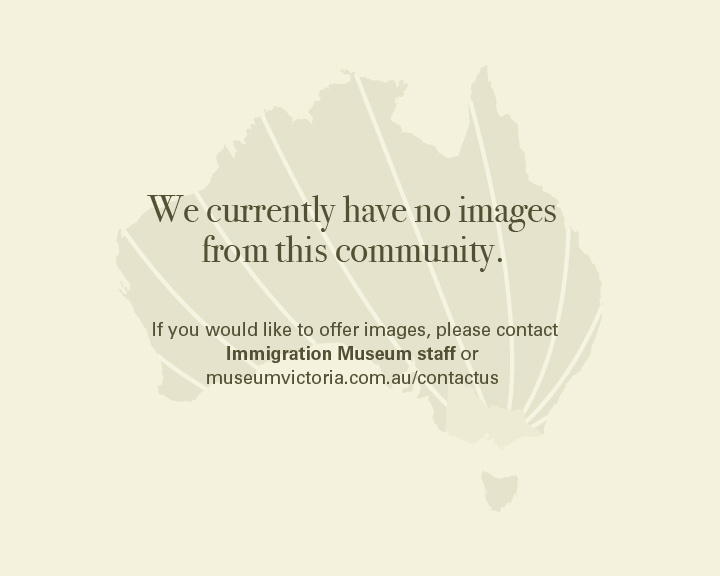Immigration History from Kosovo (Albanian) to Victoria
Pas Luftës së Parë Botërore, Kosova ishte një pjesë e mbretërisë së Serbisë e cila e bashkuar me territoret e tjera të Ballkanit për të formuar Mbretërinë e Serbëve, Kroatëve dhe Sllovenëve.Mbretëria e Jugosllavisë u emërua zyrtarisht në vitin 1929. Jugosllavia u pushtua nga fuqitë e Boshtit dhe çmontuar përkohësisht gjatë Luftës së Dytë Botërore, si dhe numër i madh i njerëzve u larguan. Jugosllavët ishin në mesin e një numri të madh të cilët erdhën në Victoria në mes të 1948 dhe 1955 nga kampet e personave të zhvendosur në Europë. Shumë të cilët erdhën në Australi në këtë kohë ishin kundër regjimit sapoformuar komuniste në Jugosllavi. Nga 1954 ka pasur 6118 emigrantët nga Jugosllavia që jetojnë në Viktoria.
Situata e përkeqësuar ekonomike në Jugosllavi, duke përfshirë papunësinë e lartë në vitet 1960 dhe 1970, shkaktoi më shumë njerëz-Jugosllavia lindur për të emigronte në Viktoria. Shumë nga këta njerëz kishin qenë duke punuar përkohësisht në Evropën Perëndimore, veçanërisht në Gjermani, para immigrating në Australi. Ndërmjet viteve 1961 dhe 1971, popullsia-Jugosllavia lindur në Viktoria u rrit gati tre herë për 49.755 njerëz.
Pas shpërbërjes së Jugosllavisë në vitin 1992, Serbia dhe Mali i Zi u shpallën si të Republikës Federale të Jugosllavisë. Në vitin 1996, kur njerëzit e lindur në Serbi dhe Mal të Zi u numëruan parë veçmas në regjistrimin Australian, ka pasur 4,133 jetojnë në Viktoria. Nga viti 2001 regjistrimi i regjistruar 19.643 njerëz të lindur në Republikën Federale të Jugosllavisë - një rritje që mund të pasqyrojnë një përkufizim të ndryshëm të vendit sesa një fluks të madh të emigrantëve. Në vitin 2003 vendi u emërtua zyrtarisht Serbinë dhe Malin e Zi si një bashkim shtetëror. Pas kësaj 2006 Regjistrimi regjistruar 7052 Victorians lindur në Serbi dhe Mal të Zi. Në këtë vit Serbia dhe Mali i Zi zyrtarisht e ndarë në shtete të veçanta, por regjistrimi ende numërohen ato si një bashkim.
Në vitin 2008, parlamenti i Kosovës shpalli Kosovën të pavarur nga Serbia.
Që nga ajo kohë, më shumë se 95 shtete përfshirë edhe Australinë kanë njohur Kosovën.
Regjistrimi i popullsisë në vitin 2011 ka shënuar 538 viktorianë të lindur në Kosovë.
